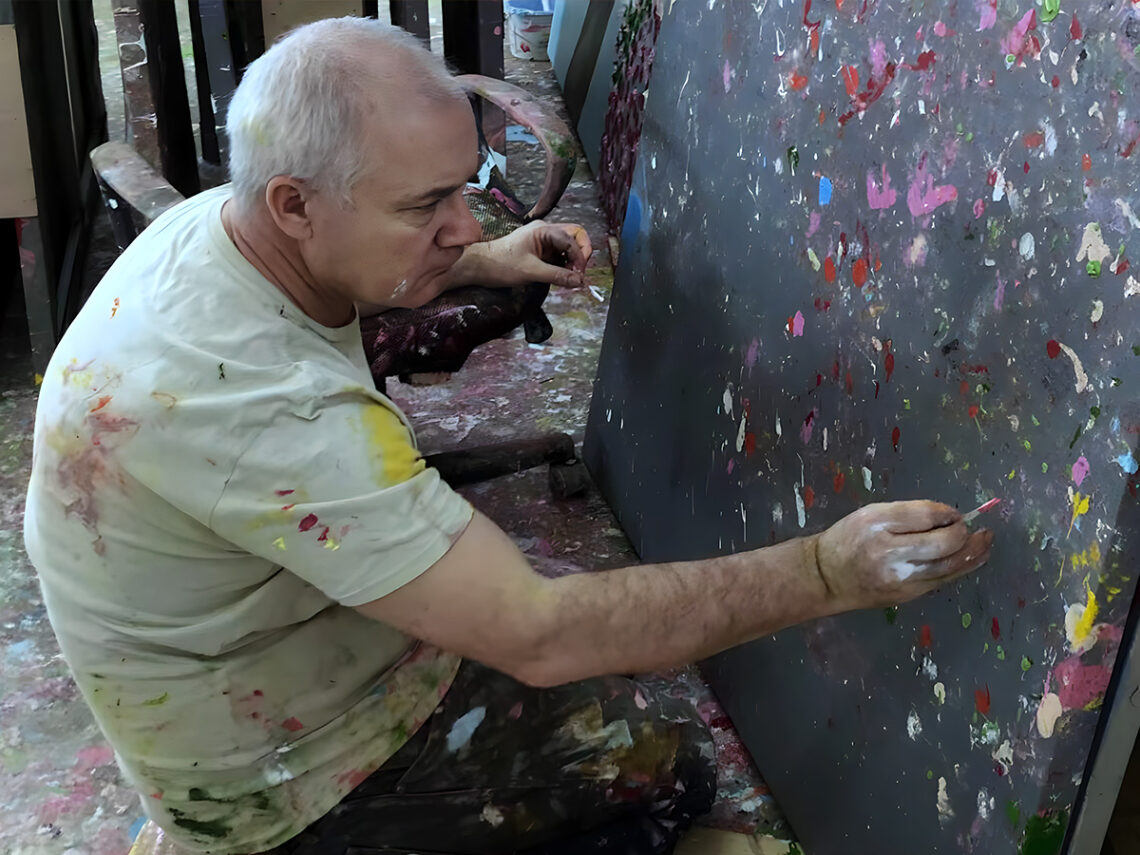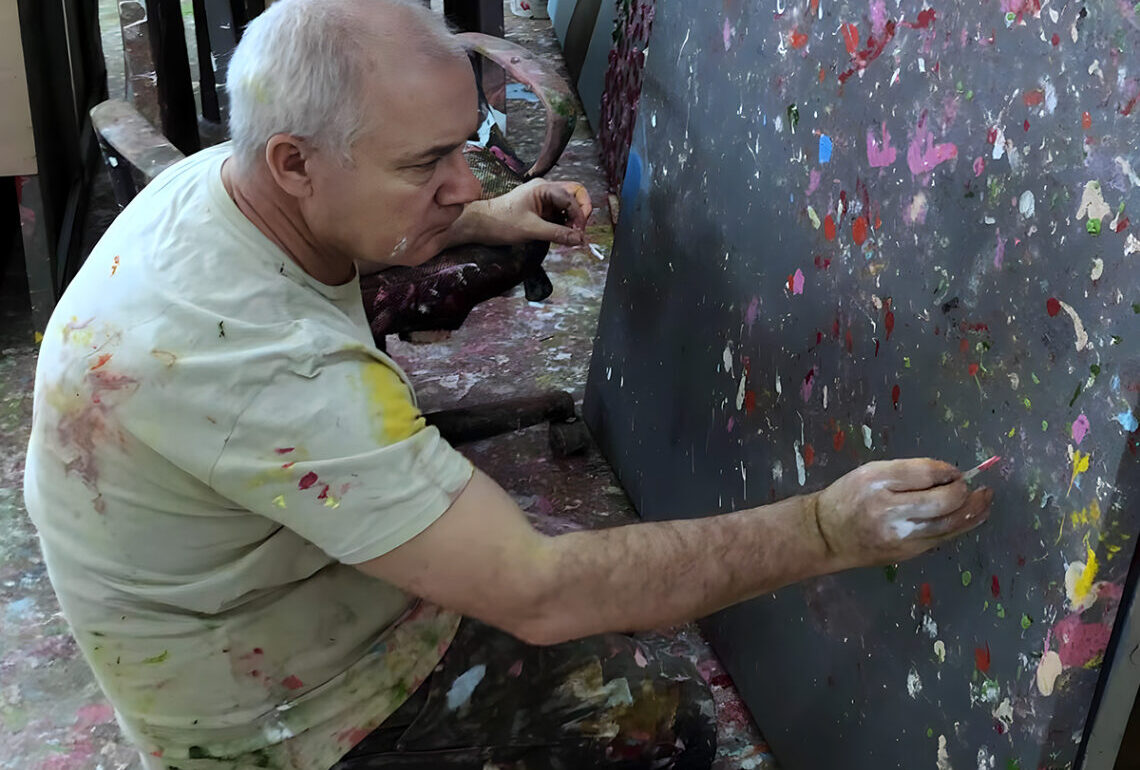
(Credits: Far Out / YouTube Still)
One of the art world’s most controversial figures, Damien Hirst, has been accused of lying about the dates of over 1,000 paintings he claimed were made in 2016.
As part of a project called ‘The Currency,’ Hirst used assistants to create 10,000 A4-sized pieces that all featured multi-coloured dots of paint placed on a white background. He conceived of the idea in 2016, and the paintings were hand-dated with that same year on the back before they were presented to buyers.
The idea behind Hirst’s expansive collection of paintings aligns with his preoccupation with pushing the boundaries of how art is perceived and whether he could create a form of currency through art. This project was controversial for several reasons. Not only did Hirst not create each piece himself, but he also gave buyers the option to purchase a painting as an NFT or a physical object.
He decided to offer the paintings as NFTs in 2018 when the technology began sweeping the art world. Eventually, ‘The Currency’ was ready for sale in 2021, with Hirst garnering further controversy after he decided that those who wanted to buy an NFT version would have the corresponding painting burned and destroyed. In a 2022 livestream, Hirst ended up burning around 4,000 paintings as part of the project.
As is the case with Hirst, the controversy has only kept coming. The Guardian has now found that many of these pieces were actually made in 2018 and 2019 – potentially more than 1,000. One anonymous source told the publication that the process of creating these pieces for Hirst was like a “Henry Ford production line.”
Furthermore, one artist who worked on the project also revealed, “There were loads of sheets on these tables, and they were quite low, so you had to constantly bend down to do the spots. After a while, some people were getting repetitive strain injuries.”
Hirst’s lawyers have not denied that many of the paintings dated as being made in 2016 were created after this. However, they argue that 2016 is merely the year that the whole project was conceived.
Still, when the paintings went on sale via Hirst’s manager’s company, Heni, advertisements stated: “The physical artworks were created by hand in 2016 using enamel paint on handmade paper.” Interestingly, two of the paintings seem to be dated accurately, with one reading ‘2018’ and another ‘2021’.
According to Hirst’s lawyers, these paintings must have been “erroneously misdated following later changes of the naming and titling of the works.”
Related Topics
This post was originally published on this site be sure to check out more of their content






